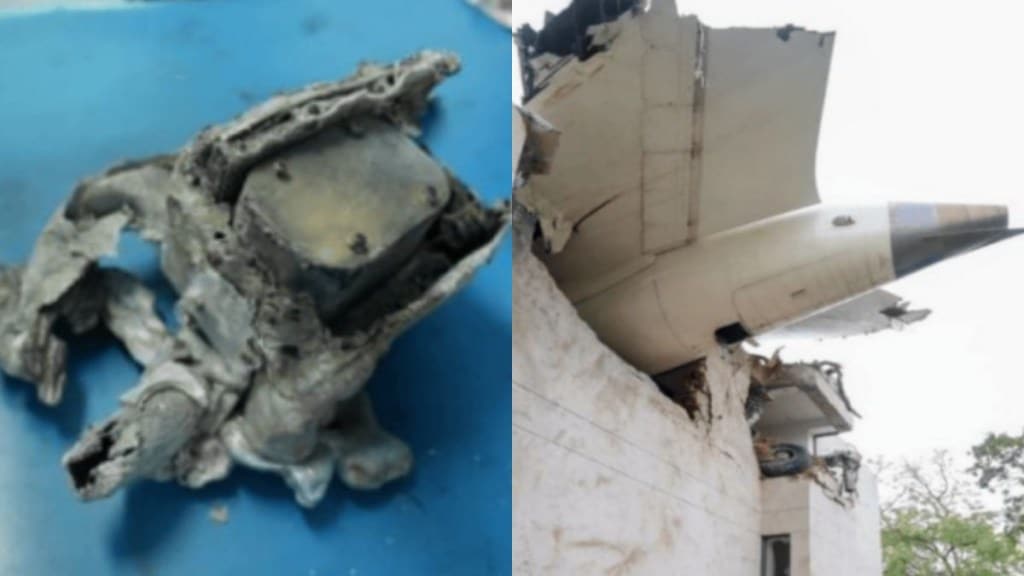Air India crash report: The Aircraft Accident Investigation Bureau (AAIB) released the AI171 crash preliminary report on July 12, a month after the fatal aviation accident. The 15-page report revealed what went wrong, the black box recordings, and the engine fuel switch that might have caused the crash. However, the report so far only lists the already known facts in detail, putting special emphasis on the mid-air engine shutdown. The AAIB has also issued “no recommended actions to B787-8 and/or GE”.
The progress of the investigation reveals that the AI171 crash has made significant breakthroughs, but notable questions remain unanswered.
Air India plane crash: Progress of investigation
Officials have completed on-site activities, including detailed drone photography and videography, and moved the wreckage to a secure area near the airport for closer examination. Both engines have been recovered and quarantined in a hangar, while specific components critical for analysis have also been identified and set aside.
Initial testing of fuel samples taken from the bowsers and refuelling tanks found them satisfactory, although only a very small amount of fuel could be retrieved from parts of the aircraft itself; those limited samples are yet to undergo further specialised testing.
Investigators have also begun analysing flight data from the forward Enhanced Airborne Flight Recorder (EAFR) to reconstruct the aircraft’s final moments. Statements from eyewitnesses and the sole surviving passenger have been collected, and postmortem examinations of the crew and passengers are underway to explore potential medical factors that might have contributed to the accident. Meanwhile, the team continues to cross-check technical findings with these aeromedical insights to build a clearer picture of what went wrong.
Despite these efforts, the report remains inconclusive at this stage. Investigators have not recommended any specific safety actions for other Boeing 787-8 aircraft or the GE GEnx-1B engines used in the ill-fated flight.
Air India crash report: Key takeaways
Wreckage
“A total of five buildings shown in the figure below were impacted and suffered major structural and fire damage,” the report revealed, including the Army Medical corps compound. The report noted that, “The Emergency Locator Transmitter (ELT was not activated during this event.”
“Cutoff” before crash
The Air India flight AI171, operating from Ahmedabad to London Gatwick reached a maximum airspeed of 180 knots. Still, within seconds, both engines lost power when the fuel cutoff switches unexpectedly moved to “CUTOFF.” The pilots tried to restart them, but the plane lost altitude rapidly.
Flight recorder data revealed that both engines’ fuel cutoff switches moved from “RUN” to “CUTOFF” within about one second of each other, immediately after liftoff. One pilot asked the other why this happened, and the response was “I did not do so.” The engines briefly restarted, but the aircraft didn’t regain enough thrust to avoid the crash. Investigators have yet to determine why the switches moved.
Line of communication
The Air India crash AAIB report also shared the Air Traffic Control (ATC) data communicating with AI171 minutes before takeoff. At 1308 hours, the aircraft was cleared for takeoff, and just a minute into the flight at 1309, the pilots issued a “mayday” call.

